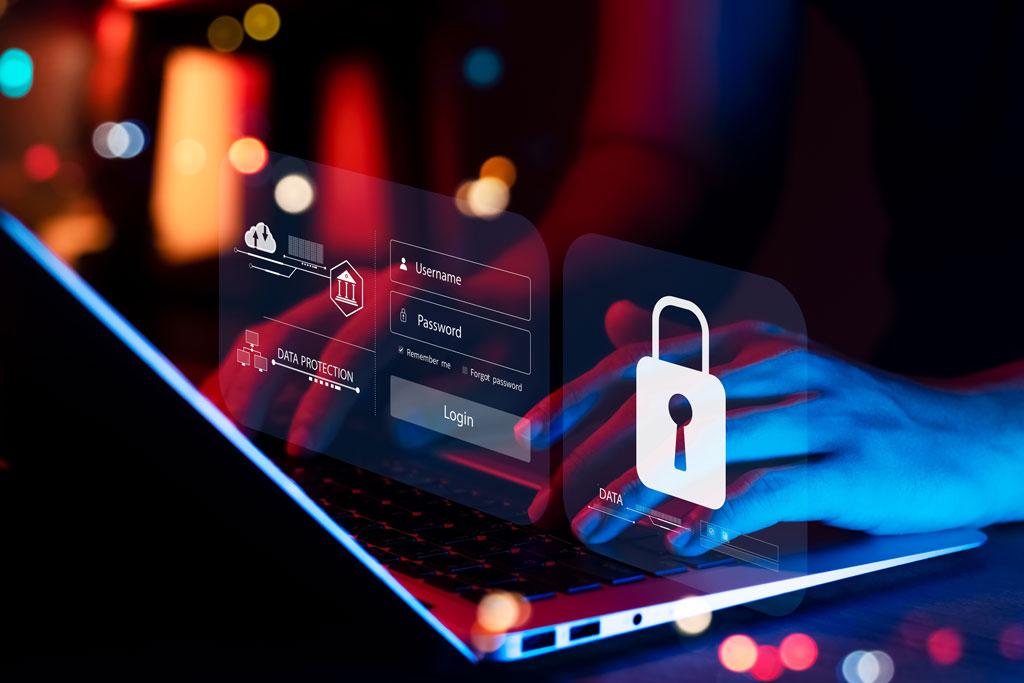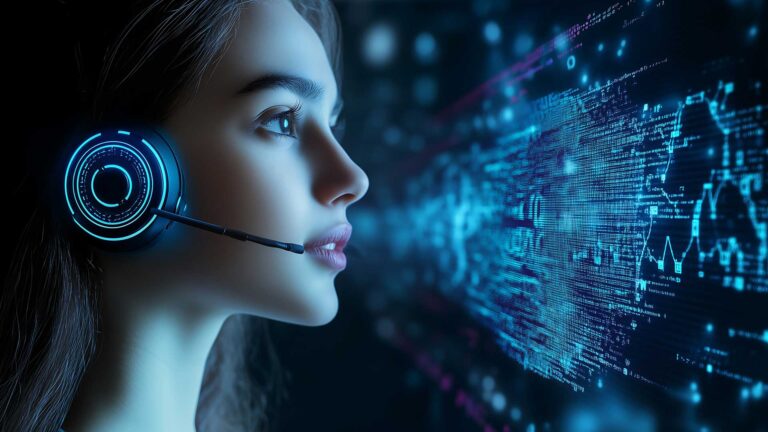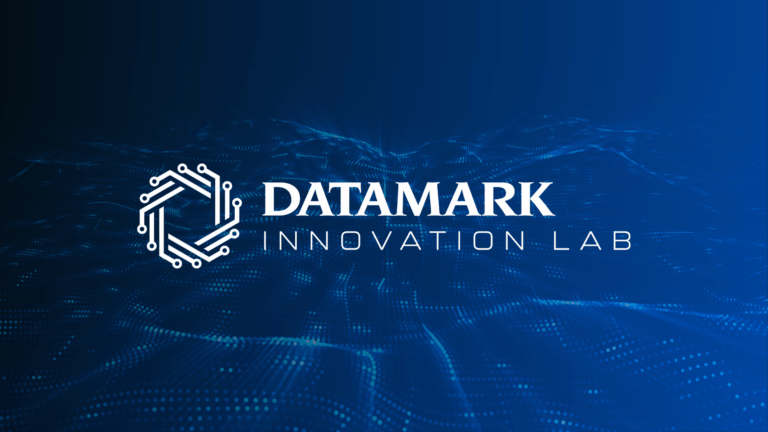
Multi-factor Authentication for Contact Centers help secure the vasts amount of customer data that is utilized daily. Since contact centers contend with vasts amount of customer data daily, it is imperative to implement extensive security measures such as an MFA. Whether your contact center is processing credit cards, wire transfers, or social security numbers, it is imperative that proper security measures get taken to secure this information.
This is where multi-factor authentication (MFA) comes into play.
Multi-Factor Authentication is a security method that will secure your customer’s information and lead to improved security efficacy. Additionally, an MFA will not hinder your employees’ ability to carry out their work at your contact center.
What is Multi-factor Authentication (MFA)?
Multi-factor Authentication is a security measure involving at least two authentication methods. These security methods will identify or authenticate a user access to various digital formats.
Some examples of MFAs that can be used are security questions, fingerprints, or SMS text messages (one-time passwords (OTP)/PINs). These types of MFAs allow users multiple layers of security making it harder for hackers to access sensitive information.
Without using MFAs as a primary security feature, hackers can easily gain access to passwords and private data. By hackers having access to environments that an employee at a contact center has, can lead to stealing information and using it maliciously. Causing you to lose the trust of your customers and have to develop a security remediation plan to correct this security breach.
A History of MFAs
It all began with the start of a password.
You needed a password to log on to a system or what is now called applications. A password with a basic amount of requirements. Such as eight characters, one uppercase letter, one lowercase letter, one number, or one symbol; and then you created a login or username that was unique to the user.
Strictly speaking, at that point in time, MFA was only about something you know.
Issues arose because usernames and passwords were hard to remember, and readily guessed by someone who was not the user. Mainly because most users used the same or similar passwords across multiple accounts – including their work and personal accounts. Password security questions could also be guessed and were forgotten just as easily as a simple password. Users also often used USB drives, which could be easily lost or stolen before the user realized it was missing.
By only utilizing that one security level, hackers could uncover users’ personal information without even trying, and before the user knew it, they were compromised.
Then MFAs took security measures to another level by using authentication methods that dealt with physical objects – something you have, in conjunction with something you know.
The basic MFA features include cell phones, credentials (Common Access Card (CAC) or Personal Identity Verification (PIV) card). Using one of these physical security means added another level of security to a system, making it difficult to breach.
Multi-factor Authentication for Contact Centers in the Modern Day
Modern-day MFA security features tie in something you are with something you have and something you know. Technological advancements have put out verification features to prove that you are, who you say you are. Some of the latest MFA security measures include fingerprints, biometric eye-scanning, or facial recognition.
These security measures constantly adapt as new technologies emerge and hackers become more creative in their attacks and how they obtain sensitive information to breach a system.
New MFA authentication methods are evolving to include how users authenticate themselves when logging into a system. Some features include logging in from an unusual location, logging in at an unusual time, or using a different device. This is helpful because a user may always log in to a system around the same time in the exact location every day. However, if a hacker can bypass all other layers of MFA authentication and attempts to log in from somewhere on the other side of the world, they will not be able to gain access to whatever system they were trying to breach.
What Are Some of the Current MFA Methods Used at Contact Centers?
Many MFA methods used at contact centers are usernames and passwords in addition to phone calls. Employees can receive a phone call at their workstation for verification purposes or get an SMS message sent to them through an authenticator app.
In some contact centers, there are areas, or enterprise-wide policies, that restrict the use of cellular devices. This can often be one of the biggest challenges of using MFAs in your contact center. It would be essential to decide how MFA authentication should be used. Whether you would have your employees use a landline, authenticator app, or a credential (CAC or PIV).
How to Apply Multi-Factor Authentication for Contact Centers
Multi-Factor authentication can be applied at multiple levels throughout your contact center. If users have access to corporate email accounts, then it should be required for them to have to MFA to use that email account on other mobile devices. The same MFA methods could be used for users to get into the contact centers’ systems or if they are using a client system directly. An MFA requires a username, password, RSA token, or OTP sent to a user’s email account.
Adding another MFA security layer would not slow down your existing security process. Create and implement a policy allowing you to MFA at a high level. This will enable your users to access several applications and software within a system. This would improve security efficiency so that your users will not have to continuously MFA through multiple additional levels of security whenever they need to access a different part of your system.
Steps to Rollout MFA Measures Within Your Contact Center
- Obtain buy-in from decision-makers.
- It is essential to share your proposed MFA implementation policy with your operations team. Highlight how using MFAs won’t hinder productivity and will be beneficial in the long run.
- Once buy-ins are obtained, roll your approved MFA policy user-by-user or implement an enterprise-wide policy that will go into effect by a specific date everyone must meet.
- If needed, develop a training and user guide for all employees. This will let them know what MFA methods will be used and how to use them.
- Decide whether users have to MFA once, twice, or every sign-on attempt.
- Give your users a set amount of time to enable MFA authentication methods and to implement your new MFA policy.
- Once your MFA policy is implemented, provide user agreements that show that users have to abide by MFA procedures.
Utilizing MFAs within your contact center is imperative as cyber intrusions have increased, and hackers are constantly developing new ways to hack into a system.
Use MFA methods within your contact center because of the sensitive data you handle regularly. You also want to ensure your liable customer and client information is kept safe.
Multi-Factor Authentications will help you do just that.





